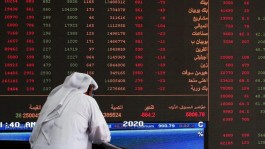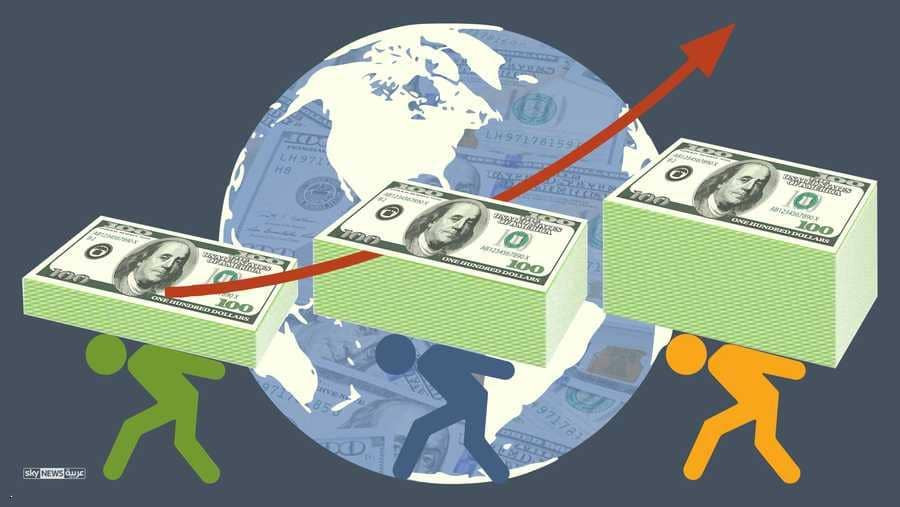The report stated that at the end of 2018, the global debt reached $ 243.2 trillion, up from $ 239.9 trillion at the end of 2017, after rising to a nominal record level of $ 248 trillion at the end of the first quarter.
There was little change in debt at the end of the year compared to global GDP, as it came close to 2017 at 317% of global GDP, but it remains very high by historical standards.
Debt grew in the developed markets 2.2%, but its ratio to GDP has not seen little change, to stabilize at about 390%. Despite overall stability, Japan, France, and Australia experienced increases in debt, while the ratio fell in Ireland, the Netherlands, and Portugal.
Emerging market debt grew at its slowest pace since 2001, by about one trillion dollars, while the debt to gross product ratio in those markets also stabilized at about 212%, and the government debt ratio in emerging markets rose to a record level of 49.7% of total output, and was the largest Regional level ratios for Asia and Latin America.
The report said high levels of interest payments on public debt threatening the constructive allocations for public resources, notably Brazil, Lebanon and Egypt.
Namazone Services .. Programmed technical analysis platform ... for UAE, Saudi, and global markets
To more:
Uber: Karim is independent with her business after the completion of the deal








































